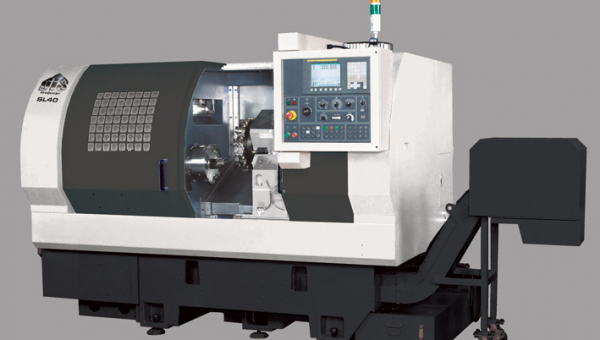How To Operate A CNC Milling Machine
11 Aug 23
Welcome to the beginner’s guide on how to operate a CNC milling machine. CNC (Computer Numerical Control) milling machines have revolutionised modern manufacturing by automating the milling process and enabling precise and efficient machining.
While CNC machines have revolutionised the cutting process with their automatic capabilities, there are still crucial aspects of the process that require the skilled hands of a machine operator. Among these tasks is the setup process, which involves fixing the workpiece securely to the worktable and attaching the milling tools to the machine’s spindle.
In contrast to manual milling, where operators have direct control over each step, modern CNC milling machines offer more advanced automation systems. Some cutting-edge milling centres even come equipped with live tooling capabilities, enabling on-the-go tool changes during manufacturing. This feature reduces production interruptions but doesn’t eliminate the need for proper setup beforehand.
Here are the essential steps of setting up a CNC milling machine to ensure precision, efficiency, and safety throughout the machining process.
Conduct Pre-Use Checks
Before starting the CNC milling machine, perform essential checks to ensure a safe and smooth operation. Firstly, check the oil and coolant levels. Ensure the work area is free from loose tools or equipment that could interfere with the milling process. If the machine requires an air supply, verify that the compressor is powered on and the air pressure meets the machine’s specified requirements. These pre-start checks are vital to ensure the machine’s optimal performance and a secure work environment.
Power on and calibrate
Power on the CNC milling machine and initialise the control system. Home the machine by moving all axes to their reference positions. This ensures the machine knows its starting point accurately.
Load Tools
Select the appropriate cutting tools and load them into the machine’s tool magazine. Ensure the tools are secured properly to avoid any mishaps during machining.
Mount Part into the Vice
Carefully place the workpiece into the vice or fixture on the machine’s worktable. Ensure it is securely clamped to prevent any movement during machining. If there is a previous part or scrap material on the machine, remove it before proceeding.
Set Tool Length Offsets (Z)
Using a tool length measurement device, set the Z-axis tool length offsets for each tool in the CNC milling program. This step ensures that the machine knows the exact length of each tool, allowing for precise cuts.
Set Part Offset (XY)
Define the X and Y coordinates of the workpiece relative to the machine’s reference point. This offset establishes the position of the part on the worktable, ensuring the program executes accurately.
Load CNC Programme
Load the CNC milling programme into the machine’s control system. Ensure that the correct programme is selected and ready for execution.
Dry Run CNC Programme
Before running the program with actual tool cutting, perform a dry run to simulate the tool’s movements without engaging the material. This allows you to check for any potential collisions or programming errors.
Run CNC Programme
With confidence in the CNC programme and setup, initiate the machining process. The machine will automatically execute the toolpath, cutting the material as programmed.
Adjust Offsets as Needed
During the machining process, monitor the part’s dimensions and surface finish. If adjustments are required to achieve the desired outcome, make necessary tool length or part offset modifications as needed.
Shut Down CNC Machine
Once the CNC milling program is completed and the workpiece is removed from the machine, shut down the CNC milling machine properly. Follow the manufacturer’s guidelines for powering down the machine and perform any post-machining maintenance required.
Operating a CNC milling machine may seem daunting initially, but you can become a proficient operator with practice and adherence to the outlined steps. Remember to prioritise safety, double-check your setups, and run test programmes before cutting into valuable materials.
CNC Milling Machines and Servicing
CNC milling offers unparalleled precision and efficiency, enabling you to bring your machining projects to life with exceptional accuracy. And DTS UK are here to help with all your milling machine needs – not just greater free advice. We supply CNC milling machines and milling machine tools, and offer milling machine servicing and maintenance services.
Learn More About Milling Machines
For more helpful guides on milling machines explore our blog posts. We have covered a range of topics helping everyone from beginners to experienced operators. Here are some recommended reads to start with;



